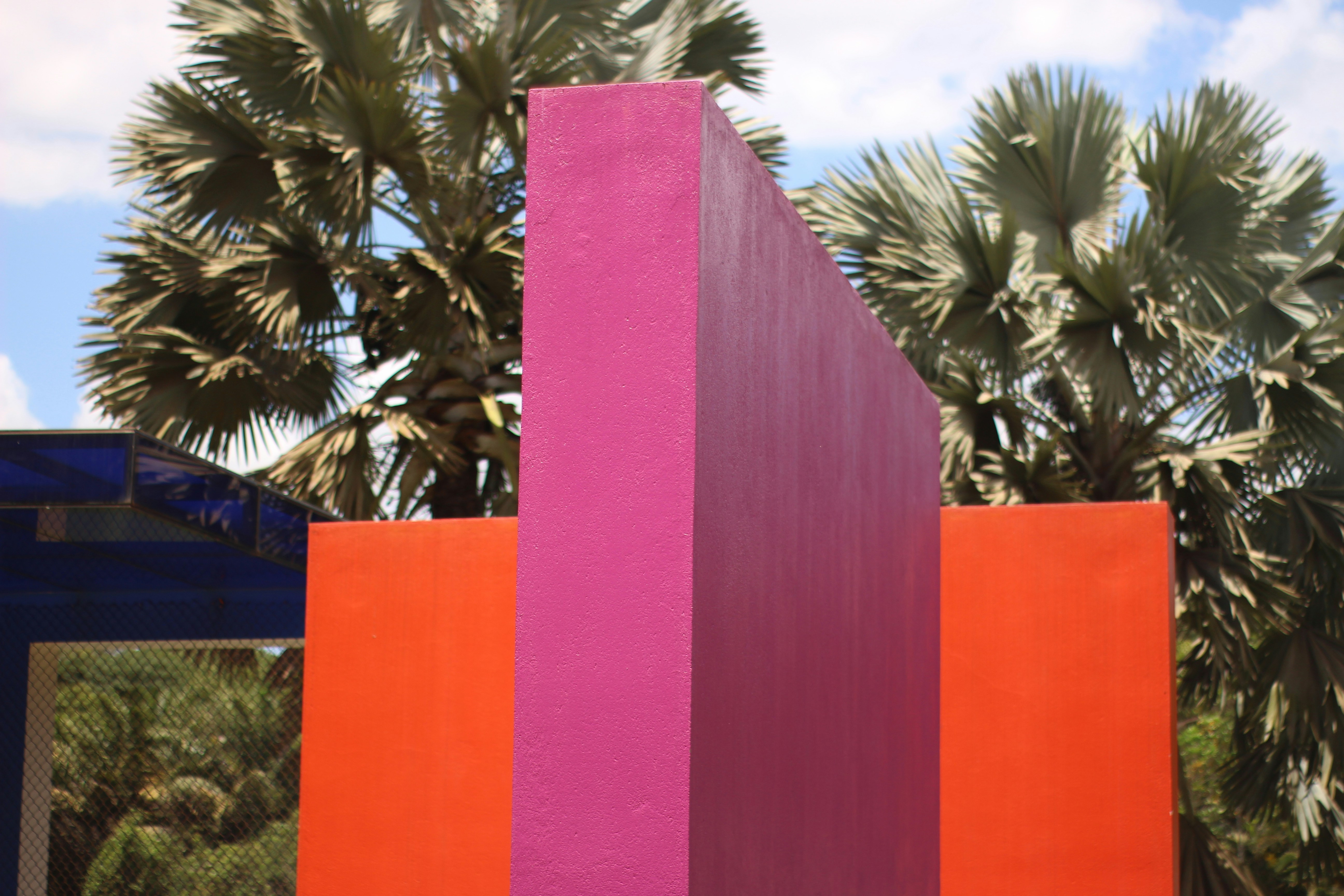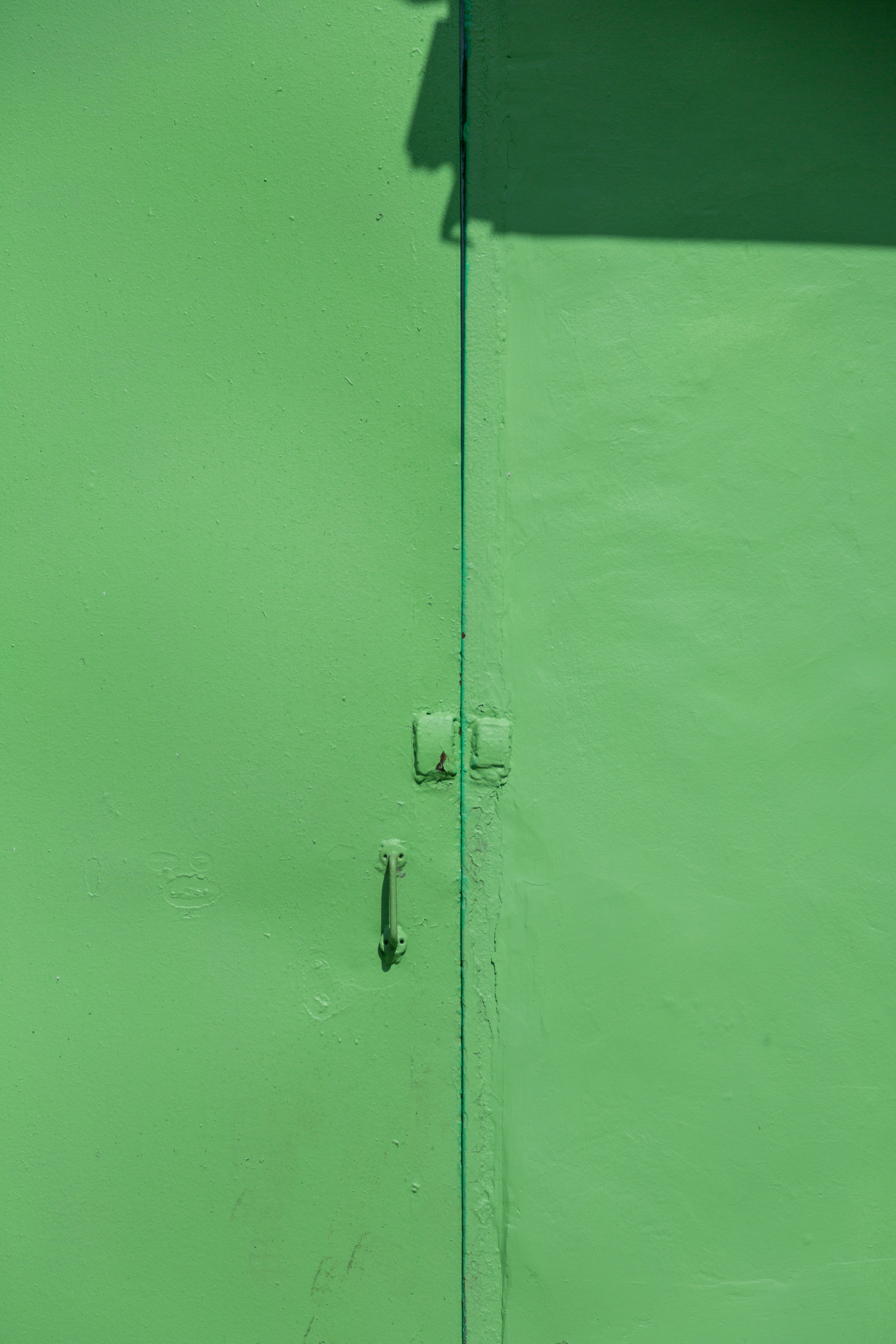How to Calculate and Increase Hotel Room Occupancy Rate?

ow to Calculate and Improve Hotel Occupancy Rates
For hotel owners, occupancy is always top of mind. The closer you are to 100%, the better. But simply filling rooms isn’t enough—profitability depends on pairing strong occupancy with smart pricing.
Let’s start with the basics.
What Is Occupancy Rate?
The occupancy rate measures the percentage of available rooms that are sold during a given period.
Formula:
\text{Occupancy Rate} = \frac{\text{Number of Occupied Rooms}}{\text{Number of Available Rooms}} \times 100
Example:
If your hotel has 20 rooms and 10 were sold last night, your occupancy rate was 50%.
👉 Important: Only rooms available for guests count toward the calculation—rooms under maintenance or used by staff are excluded.
Why Occupancy Rate Matters
Occupancy rate is a key performance indicator (KPI) that helps hoteliers understand:
- How full the property is at any given time
- Seasonal or event-based demand patterns (weekends, holidays, local events)
- Where to focus marketing and pricing efforts
However, occupancy should never be tracked in isolation. Pair it with ADR (Average Daily Rate) and RevPAR (Revenue per Available Room) for a complete view of profitability.
How to Improve Occupancy Rate
Use Length of Stay (LOS) Controls
Smart hoteliers use LOS restrictions to balance occupancy and revenue:
- Minimum LOS: During high demand leading into slow periods, accept longer stays to carry occupancy into quieter days.
- Maximum LOS: Prevent extended stays that block high-demand nights unless booked at higher rates.
- Close to Arrival (CTA): Restrict new arrivals on peak nights to prioritize stayovers and maximize occupancy across the period.
Simplify the Booking Process
An outdated website or clunky booking flow drives guests away. Use a modern booking engine to enable fast, mobile-friendly reservations directly on your site.
Partner with Local Businesses
Collaborate with restaurants, attractions, and travel agencies to create joint packages or cross-promotions. This drives bookings while adding value for guests.
Offer Packages and Promotions
Instead of cutting rates, bundle perks such as free breakfast, parking, or an extra night at a discount. Packages make your property more appealing without devaluing your brand.
Implement Revenue Management and Dynamic Pricing
Occupancy shouldn’t come at the expense of profitability. With a revenue management system (RMS), hotels can:
- Optimize prices in real time based on demand, events, and competitor rates
- Balance occupancy with ADR for maximum RevPAR
- Save time through automation
Occupancy vs Profitability: Finding the Balance
Filling every room isn’t always the most profitable strategy. For example, slashing prices to drive occupancy might increase volume but lower total revenue.
That’s why the best hoteliers track occupancy + ADR together. A modern RMS, like Pricepoint, uses AI to find the optimal balance, ensuring occupancy and rates align for maximum profit.
Hotels using Pricepoint report:
- 13% higher occupancy
- 19% more revenue on average
👉 Ready to optimize both occupancy and revenue? Start your free 30-day Pricepoint trial today.





